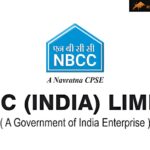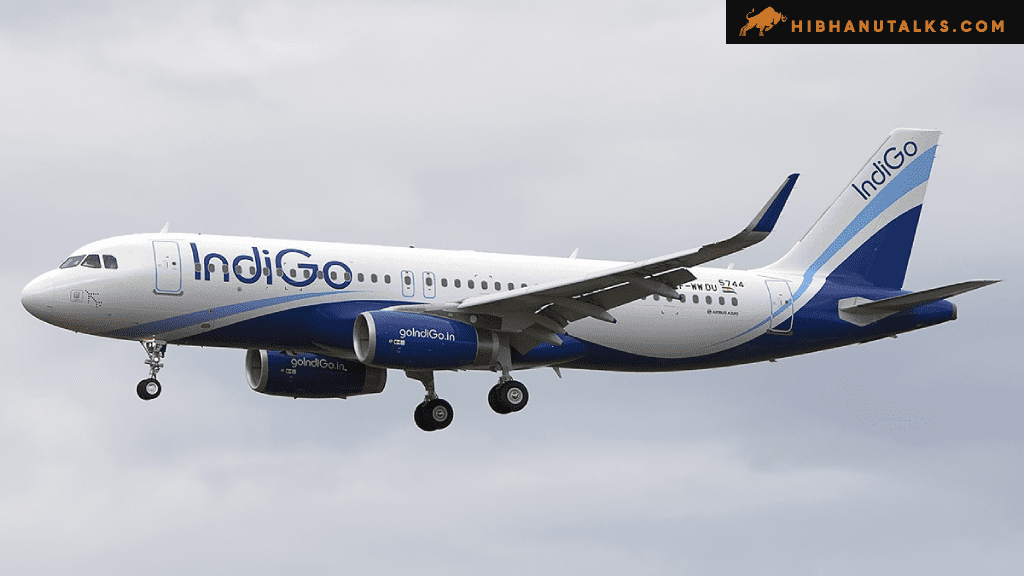
IndiGo Reports ₹986 Crore Net Loss in Q2FY25 as Operational Costs Surge
Contents
IndiGo Q2 FY25 Results
IndiGo Reports ₹986 Crore Net Loss in Q2FY25 as Operational Costs Surge


IndiGo, operated by InterGlobe Aviation, reported a net loss in Q2 FY25 due to rising costs, primarily from increased groundings and fuel prices. The results led to a significant fall in its share price. Here’s a summary of the main financial and operational details:
- Net Loss: IndiGo reported a net loss of ₹986.7 crore for Q2 FY25, contrasting with a net profit during the same period last year. Excluding foreign income, the net loss stood at ₹746.1 crore.
- Total Income: The airline’s total income increased by 14.6% year-on-year (YoY) to ₹17,759 crore. Despite higher revenue, the elevated costs impacted overall profitability.
- Operating Metrics:
- Average Seat Kilometer (ASK) grew 8.2% YoY to 38.2 billion.
- Revenue Passenger Kilometer (RPK) was up 7.4% YoY to 31.6 billion.
- Load Factor declined by 0.6 basis points to 92.6%.
- Revenue per Available Seat Kilometer (RASK) rose 4.8% YoY to ₹4.45.
- Yield per kilometer climbed 2.3% YoY to ₹4.55.
- Cost Metrics:
- Total costs jumped 21.9% YoY to ₹18,666.1 crore.
- Cost per Available Seat Kilometer (CASK) rose 11.8% YoY to ₹4.69, and CASK excluding fuel and forex increased 22.8% YoY to ₹2.90.
- Future Growth: IndiGo plans to expand its ASK by double digits YoY in Q3 FY25. CEO Pieter Elbers highlighted that while revenue growth is strong, groundings and high costs have impacted profitability, though the number of grounded aircraft has begun to decrease.


Advantages of IndiGo’s Q2 Performance
- Revenue Growth: Despite reporting a net loss, IndiGo achieved a 14.6% YoY increase in total income, indicating growth in demand and effective revenue strategies.
- Improvement in RASK and Yield: The 4.8% increase in RASK and 2.3% increase in yield highlight an improvement in revenue generation per seat and per kilometer, which reflects better pricing strategies.
- High Load Factor: With a load factor of 92.6%, IndiGo has maintained high occupancy rates, showing sustained demand for its services.
- Future Expansion Plans: The airline’s plans to increase ASK by double digits in Q3 indicate its ambition to capture a larger market share in India’s growing aviation sector.
- Resilience in Share Performance: Despite recent losses, IndiGo’s stock has appreciated by nearly 28% since the beginning of the year and by 53% over the past year, showing long-term investor confidence.
Disadvantages of IndiGo’s Q2 Performance
- Net Loss Due to Rising Costs: The company posted a net loss of ₹986.7 crore, heavily impacted by higher fuel prices and increased aircraft groundings.
- Increased Operating Costs: The 21.9% YoY rise in total costs is a concern, especially with the CASK up by 11.8% and CASK excluding fuel and forex up by 22.8%.
- Grounded Aircraft: The grounding of aircraft due to operational issues has strained profitability, although management indicated these groundings are expected to decrease.
- Decline in Load Factor: The minor decline in load factor (0.6 basis points) indicates a slight dip in seat occupancy, which could affect revenue per flight.
- Impact of Fuel Price Volatility: With a significant portion of costs tied to fuel prices, the airline’s profitability remains vulnerable to global oil price fluctuations.


Conclusion
IndiGo’s Q2 FY25 results reflect the challenges of managing high operating costs and groundings in a growing yet competitive market. The airline’s robust revenue growth and high load factor demonstrate continued demand for its services, and the planned ASK expansion in Q3 indicates optimism for the upcoming quarters. Although the net loss reflects challenges posed by rising fuel costs and grounded aircraft, the company’s proactive measures to reduce grounded fleet costs and expand offerings, such as the introduction of a business class, suggest a strategic focus on both operational efficiency and market growth. If costs stabilize and demand remains strong, IndiGo is well-positioned to recover in the long term.
FAQs
- What caused IndiGo’s net loss in Q2 FY25?
- The net loss was primarily due to increased fuel costs and a higher number of grounded aircraft, which elevated operating expenses.
- How much did IndiGo’s revenue grow in Q2 FY25?
- IndiGo’s total revenue grew by 14.6% YoY, reaching ₹17,759 crore.
- What is the load factor for IndiGo in Q2 FY25?
- IndiGo maintained a high load factor of 92.6%, although it declined slightly by 0.6 basis points from the previous year.
- What future growth plans does IndiGo have?
- IndiGo plans to grow its ASK by double digits YoY in Q3 FY25, indicating a focus on capacity expansion.
- How has IndiGo’s stock performed recently?
- Despite the Q2 losses, IndiGo’s stock has risen by approximately 28% year-to-date and over 53% in the past year, reflecting strong investor confidence in its long-term growth potential.
IndiGo Q2 FY25 Results
Bandhan Bank’s Q2 FY25: Profit Soars with NII Surge—But Are Rising NPAs a Red Flag?





















2 comments